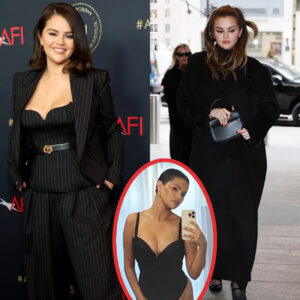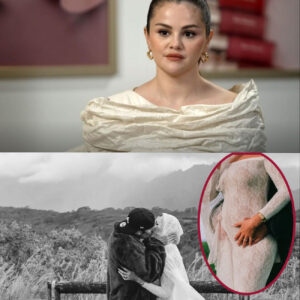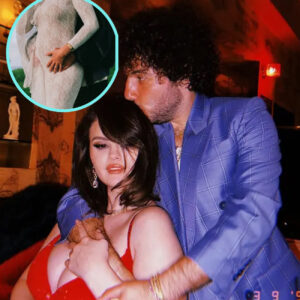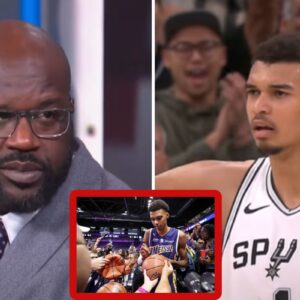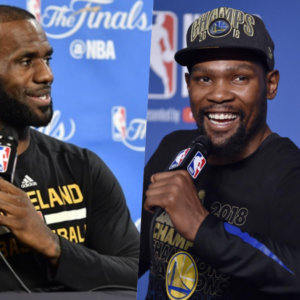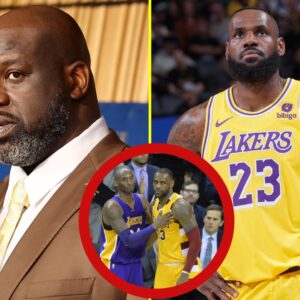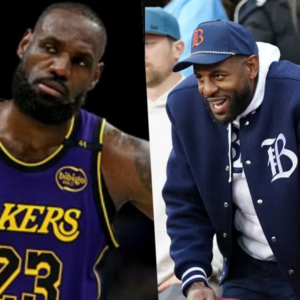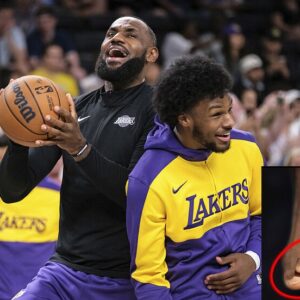Second season syndrome can be a thing in Formula One. Once the initial hype of a new race has dissipated, and marketing budgets have dried up a bit, and local fans are less willing to part with their hard-earned cash to check out what all the fuss is about, races can lose momentum.
This was not an issue for Miami this year. If anything, this year’s race was even bigger, glitzier and more celeb-heavy than last year’s. And that is saying something. From Vin Diesel to Shakira, Sergio Aguero to Jake Paul, you could not move on the Miami grid on Sunday without bumping into an A-lister.
Of course, a grid groaning with more ‘slebs’ than the Super Bowl is not everyone’s idea of Formula One. Purists who prefer their motor racing to take place at traditional venues such as Monza and Spa-Francorchamps, rather than around repurposed car parks and fake marinas in Miami Gardens, will no doubt have found the whole thing utterly ghastly. Sir Jackie Stewart barging through security at the age of 83 to drag Roger Federer to an interview with Martin Brundle? Bizarre.

Won three world titles? That won’t cut the mustard with US security guards at the Miami Grand Prix as Sir Jackie Stewart found out CREDIT: Getty Images/Jared C Tilton
And that is before we even get onto the racing.
To traditional fans, the sight of the two of the world’s three richest people, Elon Musk and Jeff Bezos, attending the Miami Grand Prix, at the head of a VIP list stretching out to the Florida Keys, is just further proof of Formula One disappearing up its own exhaust pipe rather than a sign that it has ‘made it’ in the States.

Not short of a bob or two Elon Musk doubtless felt at home in the among the cash-rich glitz of the Miami Grand Prix CREDIT: Getty Images/Mark Thompson

Jeff Bezos, as with many zillionaires, was present trackside in Miami at the weekend CREDIT: Getty Images/Clive Mason
But you could not accuse Miami’s organisers of lacking ambition. Or failing to heed criticism.
After last year’s debut race, Miami was effectively accused of fleecing its VIPs, charging through the nose for an experience which left a lot to be desired; the paddock was too full, no one could move, catering in the Paddock Club amounted to a few stale pretzels and tacos.
Organisers took note. This year they built an gargantuan 170,000sq ft Paddock Club outside the Miami Dolphins Hard Rock Stadium – “effectively a 90-storey skyscraper on its side” in the words of Miami Dolphins chief executive Tom Garfinkel – and moved the team paddock homes inside the stadium itself. That freed up a lot of space and gave the event more of an arena feel.

Tom Cruise was one of the many A-listers to witness the second-ever Miami Grand Prix CREDIT: AFP/Chandan Khanna
VIPs still had to pay through the nose; $12,000 for three-day passes. But for that money they got a more deluxe offering, with catering by Do & Co, the Austrian catering company traditionally used by Formula One. With a capacity of 6,000 per day, Paddock Club was sold out in Miami.
General admission punters also had a better experience by all accounts. Garfinkel said demand was such that they could have sold at least 150,000 tickets per day but they decided to limit daily attendance to roughly 90,0000.
“We want everyone to have a great experience,” he said. “So we want to grow a little bit every year as operationally we get better and better. What we don’t want to do is have long lines at concessions, long lines at bathrooms, two hours of traffic in and out of here and all that kind of stuff. I’ve experienced that at other events. And that’s not what we want.”
With a 10-year contract burning a hole in his pocket, Garfinkel has plenty of time to refine the operation. He told media on Sunday that discussions were already under way about possible innovations; renting out the F1 garages for “premium tailgating” at NFL games; staging night races around the Hard Rock Stadium (he was vague on how that might work given it would be the middle of the night European time). “There are a lot of factors that go into that with F1 and television so we have to weigh all those things up, but we are certainly open-minded,” he said.
Garfinkel also dismissed suggestions that the arrival of Las Vegas on the calendar later this year – a third race in the United States after Miami and Austin – would be a threat. “I’m excited for the Vegas race,” he insisted. “I think it’s good for the sport in the US.” A fourth, in New York, is already rumoured.
It seems there is no holding back. Whether or not you like drivers doing boxing-style walk-ons to a backdrop of Miami Dolphins cheerleaders and string orchestras, the American experience is here to stay. No doubt Michael Buffer is already being lined up to replace LL Cool J next year.
News
Lưu Hương Giang quyết định cho Hồ Hoài Anh cơ hội sau ‘Đạp gió rẽ sóng’. Nữ ca sĩ liền báo có tin vui👇
Lưu Hương Giang quyết định quay về với gia đình sau ‘Đạp gió rẽ sóng’ Ca sĩ Lưu Hương Giang đã không buồn khi phải chia tay…
Selena Gomez reflects on her body’s changes in throwback swimsuit photos: ‘I will never look like this again’
Selena Gomez has opened up about her appearance while candidly reflecting on her body’s changes throughout the years. Taking to her Instagram Story Monday night, the actress/singer showed her…
Selena Gomez takes a bite of boyfriend Benny Blanco’s cake in suggestive photo
Selena Gomez shared a suggestive snap eating a cake depicting boyfriend Benny Blanco.Selena Gomez/Instagram Selena Gomez can’t keep her mouth to herself. The singer took a bite…
Justin Bieber’s mom reacts to rumors Hailey is pregnant with twins
Justin Bieber’s mom had to clarify how many babies her son and daughter-in-law are having after sparking rumors that they could be expecting twins. After the Rhode founder’s…
Selena Gomez explained why she disabled Instagram comments just days before Hailey Bieber’s pregnancy news
No need to “Kill Em with Kindness” — Selena Gomez’s haters can’t even comment on her social media uploads. The actress explained her decision to limit her…
Selena Gomez flaunts Benny Blanco romance after Justin and Hailey Bieber’s pregnancy announcement
Selena Gomez flaunted her relationship with Benny Blanco after Justin and Hailey Bieber revealed they were expecting their first child.Selena Gomez/Instagram Selena Gomez showed off her romance with…
End of content
No more pages to load

